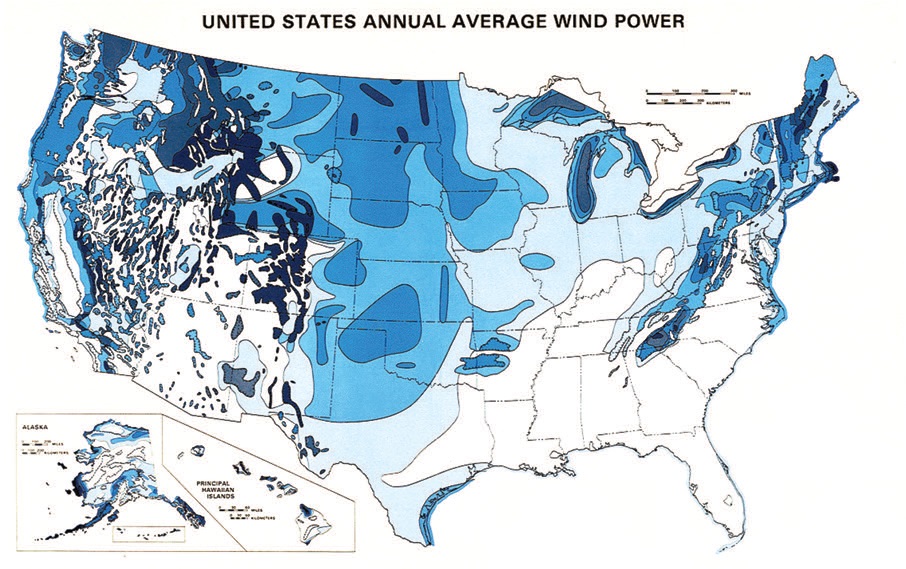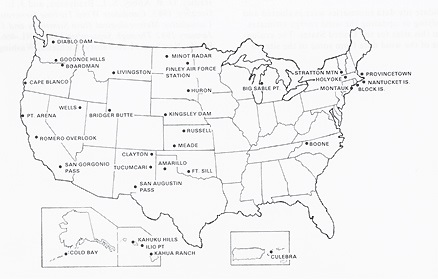Wind in the willows
Dr. Robert M. Gresham, Contributing Editor | TLT Lubrication Fundamentals May 2010
Several technical and even medical issues must be resolved before the wind energy movement reaches its full potential.
KEY CONCEPTS
•
Upgrading our electricity distribution grid system and social-related issues haven’t been addressed in helping to meet the goal of 20% of U.S. electricity from wind by 2030.
•
Growth of more wind power capacity means more wind farms are located closer to where more people live and where there is still sustainable wind.
•
Several complaints about wind farms include aesthetics, noise and vibration problems.
In previous articles I have discussed the business and technical aspects of the wind energy movement. Indeed, the wind energy movement has certainly demonstrated that it has legs. There is a great deal of research funding dedicated to solving or resolving many of the technical issues affecting this industry. Many STLE members are enjoying this largesse. These issues are intriguing and challenging—good work for tribologists and lubrication engineers. By the way, if you want to learn more about how STLE members perceive the challenges of wind turbines, please see the Sounding Board article in last month’s issue of TLT.
Wind energy generation capacity grew 39% in 2009. While that 39% increase was admittedly from a small number, this kind of sustained growth will result in a real leap toward our target goal of 20% of U.S. electricity from wind by 2030. However, there are two issues that seem not to have been addressed.
The first is upgrading the electricity distribution grid system. Figure 1 indicates wind distribution in the U.S. We all know that there aren’t many power plants in most of these areas and, thus, the grid is not well developed.
 Figure 1. Dark blue areas indicate more windy, white areas indicate less windy.
Figure 1. Dark blue areas indicate more windy, white areas indicate less windy.
Growth of more wind power capacity, given the grid, necessarily means that more wind farms will be located closer to where more people (the end-users) live and where there is still sustainable wind. So how, or perhaps when, are we going to develop a plan to get this new 20% of capacity out to the two coasts, where most of the population lives? If any of you know, send me an e-mail.
The second issue is social. Already we are beginning to hear more complaints about wind farms. Initially, these complaints were based on aesthetics. Maybe you’ve heard about the ruckus generated from the proposal to build a large ocean-based wind farm off Nantucket Island in the northeast and in full view of exclusive Hyannis Port. Figure 2 indicates many of the current major wind projects, which closely mirror wind availability, and also shows several projects near population centers.
 Figure 2. This map indicates the location of many U.S. wind projects—several of them near major population centers.
Figure 2. This map indicates the location of many U.S. wind projects—several of them near major population centers.
Beyond aesthetics, people are now complaining about noise and vibration. Already lawsuits are being fi led by people who claim wind turbines cause sleep deprivation, nausea, headaches and dizzy spells. We have previously discussed how the early wind turbines turned at higher speeds than current designs, resulting in higher tip speeds and considerable noise and vibration.
In a recent article in
The Wall Street Journal titled
“The Brewing Tempest Over Wind Power,” writer Robert Bryce notes that these complaints, especially sleep deprivation, are growing and global in nature. Even the newer designs, despite rpms limited to about 20 and aerodynamic blade design and control, emit a “pulsing, low-frequency noise, which is fueling an emerging citizen backlash against the booming global wind industry.”
According to Bryce, complaints in the U.S. are coming from rural residents in Maine, Minnesota, New York, Oregon, Pennsylvania and Wisconsin. Globally, there are complaints from Australia, Canada, England, France and New Zealand. We even have a name for it, coined by Dr. Nina Pierpoint, in Malone N.Y.—Wind Turbine Syndrome.
Are these complaints real? Bryce cites a December 2009 study by the American Wind Energy Association in conjunction with the Canadian Wind Energy Association that states, “There is no evidence that the audible or subaudible sounds emitted by wind turbines have any direct adverse physiological effects.” However, they also say, “No case-control or cohort studies have been conducted to date.” So, in fact, we don’t know whether these complaints are psychosomatic or not.
If these effects are real, then maybe design engineers and tribologists working with the medical community can define the problem and develop newer designs that will ameliorate these effects. It sounds to me like this is an issue that isn’t going away. Indeed, there will continue to be funding and research into the problem.
But will this cause a delay in reaching our goal of 20% wind-generated electricity by 2030? Too soon to tell.
 Bob Gresham is STLE’s director of professional development. You can reach him at rgresham@stle.org
Bob Gresham is STLE’s director of professional development. You can reach him at rgresham@stle.org.